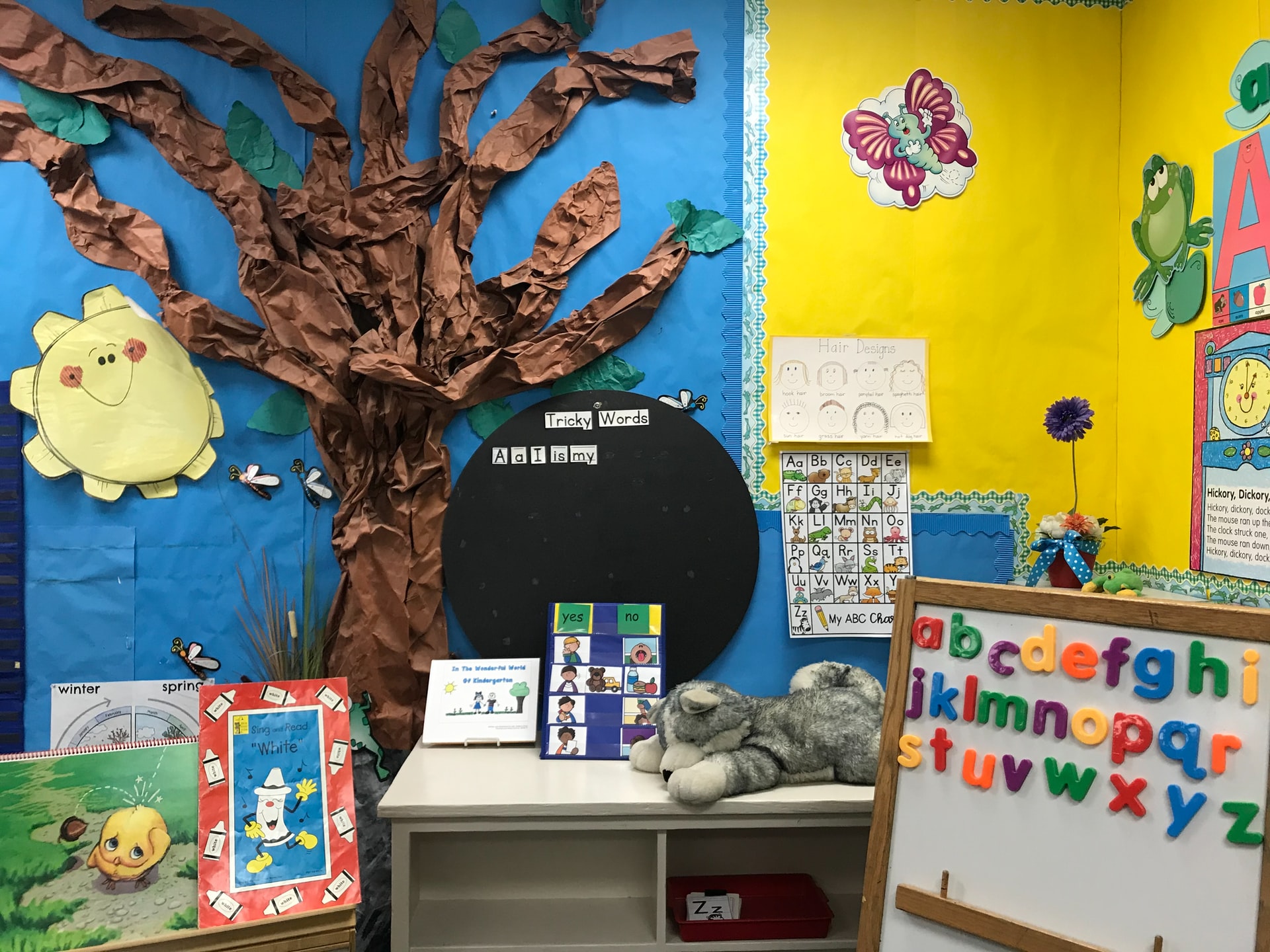Morphology Training Vs. Phonics Instruction: Everything You Need to Know

When it comes to teaching pupils to read, educators can adopt a variety of tactics. Some people, for example, prefer to concentrate on the relationship between distinct letters and their associated sounds. Many educators, on the other hand, spend their courses attempting to develop their pupils’ morphological awareness.
Which of these two approaches, however, is the more effective? The distinction between morphology training and phonics education will be discussed in this essay. In addition, we will discuss which strategy has yielded the best results.
What Exactly Is Morphology Training?
In a nutshell, morphological awareness refers to an individual’s ability to identify, interpret, and use the various words of a certain language. This unique ability is sometimes disregarded while training young children to read.
Morphology training is the process of developing this ability in young children. In the long run, this form of instruction is intended to help pupils read and comprehend what is being stated. Morphology training, unlike most other teaching approaches, places less stress on the children’s ability to recall words.
What Exactly Is Phonics Instruction?
Phonics instruction, on the other hand, is a teaching style that stresses the significance of the relationship between various letters and their matching sounds.
Students will be taught specific sounds and asked to memorize them during these courses. As a result, this style of training is primarily reliant on pupils’ ability to recall information.
Which is superior?
There is no definitive answer to the question of which is preferable when comparing morphology training versus phonics education. While phonics instruction is the most often utilized strategy, it does not fit the learning styles of many pupils.
It is critical to recognize that every learner learns differently. While some children excel at memorizing information, others prefer to have a deeper grasp of their work. As a result, certain pupils are more likely to choose morphology training, while others are more likely to prefer phonics training.
As a teacher, you should aim to integrate both techniques as much as possible in order to satisfy the requirements of all pupils.
Finally, consider the following:
When it comes to teaching pupils to read, there are several approaches that may be employed. Morphology training and phonics education are two regularly utilized strategies.
Morphology training is intended to increase a learner’s ability to register, comprehend, and apply words. Phonics teaching, on the other hand, emphasizes the necessity of connecting distinct words and their associated sounds.





